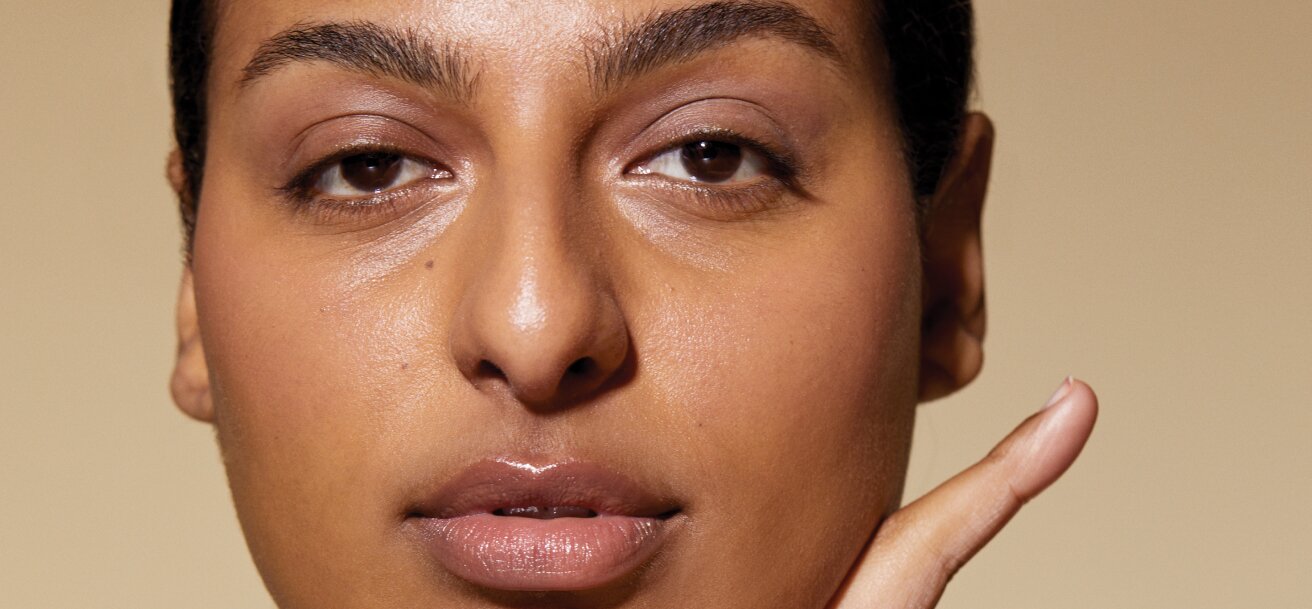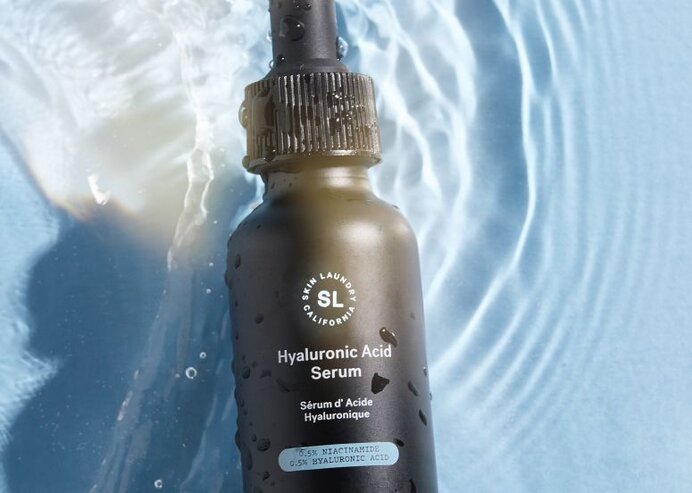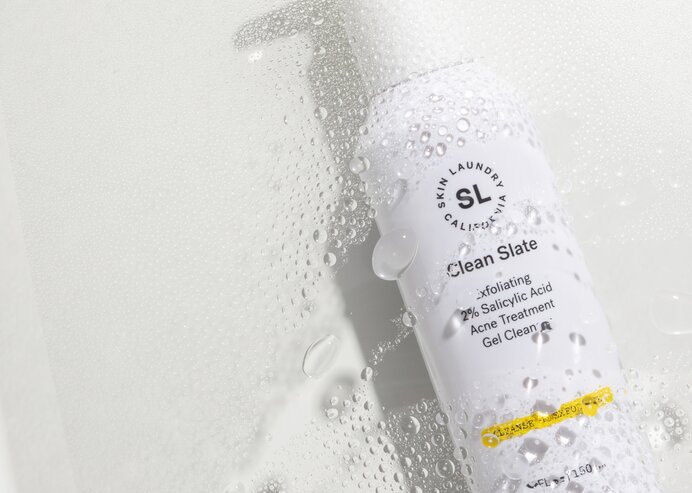Terms

DOCTOR'S NOTE
How to Create the Perfect Skincare Routine
A primer on why you need a skincare routine and how to create the perfect one for your skin
Skin is not only our largest organ, it is also our first line of defense against external aggressors. Daily exposure to elements like UV rays, pollution, and extreme temperatures can take a toll on our skin so caring for it is important. Whether you opt for the most basic or a Korean 10-step skincare routine, consistency is paramount when it comes to maintaining and gaining benefits from your skincare routine. But there are a few tricks to the trade to get the most out of your regimen and keep your complexion healthy.
Read on for our Skin Laundry guide to skincare routines.
What is a skincare routine?
A skincare routine is the term for the steps you take to regularly care for your skin and keep it healthy.
What does a skincare routine include?
A skincare routine can include products, treatments and lifestyle practices, such as eating foods that provide benefits to the skin, deep breathing, meditation, exercise, and getting enough sleep and hydration.
At what age should I start a skincare routine?
You can start a skincare routine at any age. In fact, the sooner you start, the better – especially when it comes to protecting your skin from harmful UV rays.
No matter your age, skin type, tone, or concern, every skincare routine should include these three steps: Cleansing, moisturizing, and sun protection. From there, you can add steps such as toning, exfoliation, serums and treatments depending on your skin’s needs.
How do I start a skincare routine?
1. Determine your skin type. Is your skin dry, oily, combination, normal, or sensitive? This will guide your product choices.
- Dry skin is flaky, scaly, or rough
- Oily skin is shiny, greasy, and may have large pores
- Combination skin is dry in some spots (cheeks) and oily in others (forehead, nose, and chin)
- Sensitive skin may sting, burn, or itch when using makeup or skincare products
- Normal skin is balanced, clear, and not sensitive to makeup or skincare products
2. Determine the specific skin concerns you want to target, such as dryness, acne and blemishes, sun damage, fine lines, or pigmentation.
Once you have established your skin type and skin concerns, you can build a custom skincare routine.
Your morning skincare routine should focus on prevention and protection and your nighttime routine should focus on cleansing and repair.
Doctor's Note
- Keep it simple. Using too many products and ingredients can cause further irritation.
- Try new products one by one to see how your skin reacts.
- When in doubt layer products from thinnest to thickest.
- Stay consistent. Real results take time.

What is the best skincare routine for dry skin?
Dry skin is often flaky, tight, or itchy and this can be a result of external factors, including cold or dry weather, sun damage, harsh soaps and over-bathing.
Building a skincare routine that emphasizes moisture and hydration is key when it comes to dry complexions.
- Choose an oil-based or creamy cleanser over a foaming one.
- Use a Hyaluronic Acid Serum on damp skin after cleansing.
- Follow with an occlusive moisturizer to lock in moisture.
- Avoid physical exfoliants and opt for a chemical exfoliant like Glycolic Acid that increases skin hydration.

What is the best skincare routine for sensitive skin?
Sensitive skin can be highly reactive, irritated, or red and blotchy when exposed to external elements like UV rays, detergents, or active skincare ingredients.
- Choose a gentle, hydrating cleanser that won’t disrupt the skin barrier.
- Use a pH-balancing toner to strengthen the skin barrier.
- Avoid sulfates, fragrances, and actives like AHAs, which are common irritants.
- Use a mineral sunscreen formulated with Zinc Oxide instead of a chemical sunscreen.

What is the best skincare routine for oily skin?
Oily skin is caused by an over-secretion of sebum and can result in clogged pores and increased breakouts. Over-stripping and drying out oily skin with harsh cleansers and toners can exacerbate the problem.
- Choose a cleanser formulated with Salicylic Acid to gently remove dead skin cells, excess oil, and debris without compromising the skin barrier.
- Use a Vitamin A serum to promote skin cell turnover.
- Don’t skip moisturizing! Oily skin still needs hydration, so opt for an oil-free or lightweight formula.
- Thoroughly remove makeup and sunscreen at night with a double cleanse to prevent pores from becoming clogged and bacteria build up.

What is the best skincare routine for combination skin?
Combination skin means your skin may be oily on some parts of your face but dry in others, some areas may also be a bit more sensitive than others, or you may only breakouts in certain areas. Spot treatment is a good approach when caring for combination skin.
What is the best skincare routine order?
Applying your skincare products in the proper order is more important than you think as this allows each product to do its job and enhances the overall benefits for your skin.
The main rule to follow when it comes to layering skincare products is to apply them from lightest to heaviest, and the general order is cleanser, toner, serum, moisturizer, and SPF. Read more about how to layer your skincare here.
Additional Reading
Your Shopping Bag
Your shopping bag is empty











